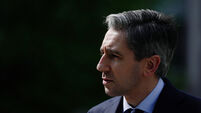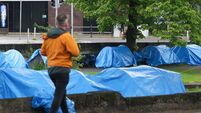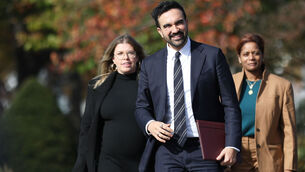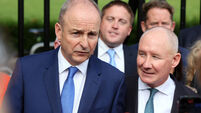It shouldn’t be hats off to the Pope in August, but a cautious welcome

SHOULD we welcome Pope Francis to Ireland? Will we be charmed and swept off our feet, as we were by the magnetism of the last Pope who visited us?
Should we be out on the streets protesting? Or should we ignore him entirely?

















